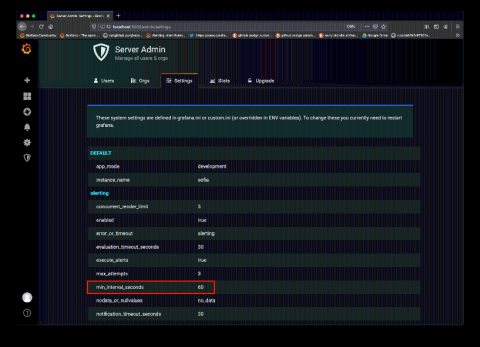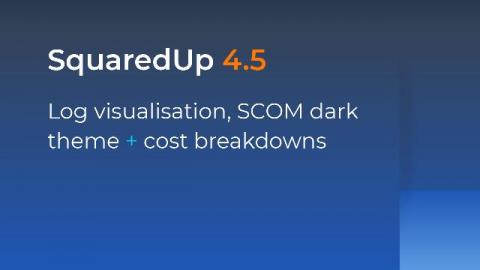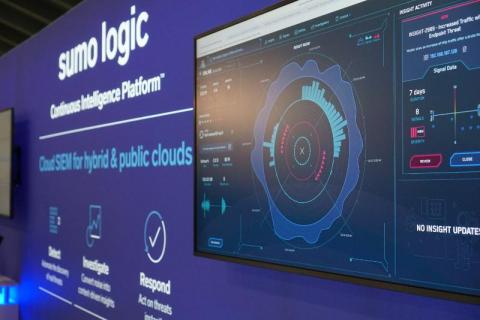The U.S. Census: Driving Decisions With Data for 230 Years
After Article I of the United States Constitution establishes the legislative power of Congress, it briefly describes the process for determining the number of representatives for each state. That process, called “Apportionment,” is based on the decennial (every 10 years) census — a survey of the population of the nation that gives lawmakers an understanding of the size and composition of the population.











